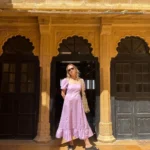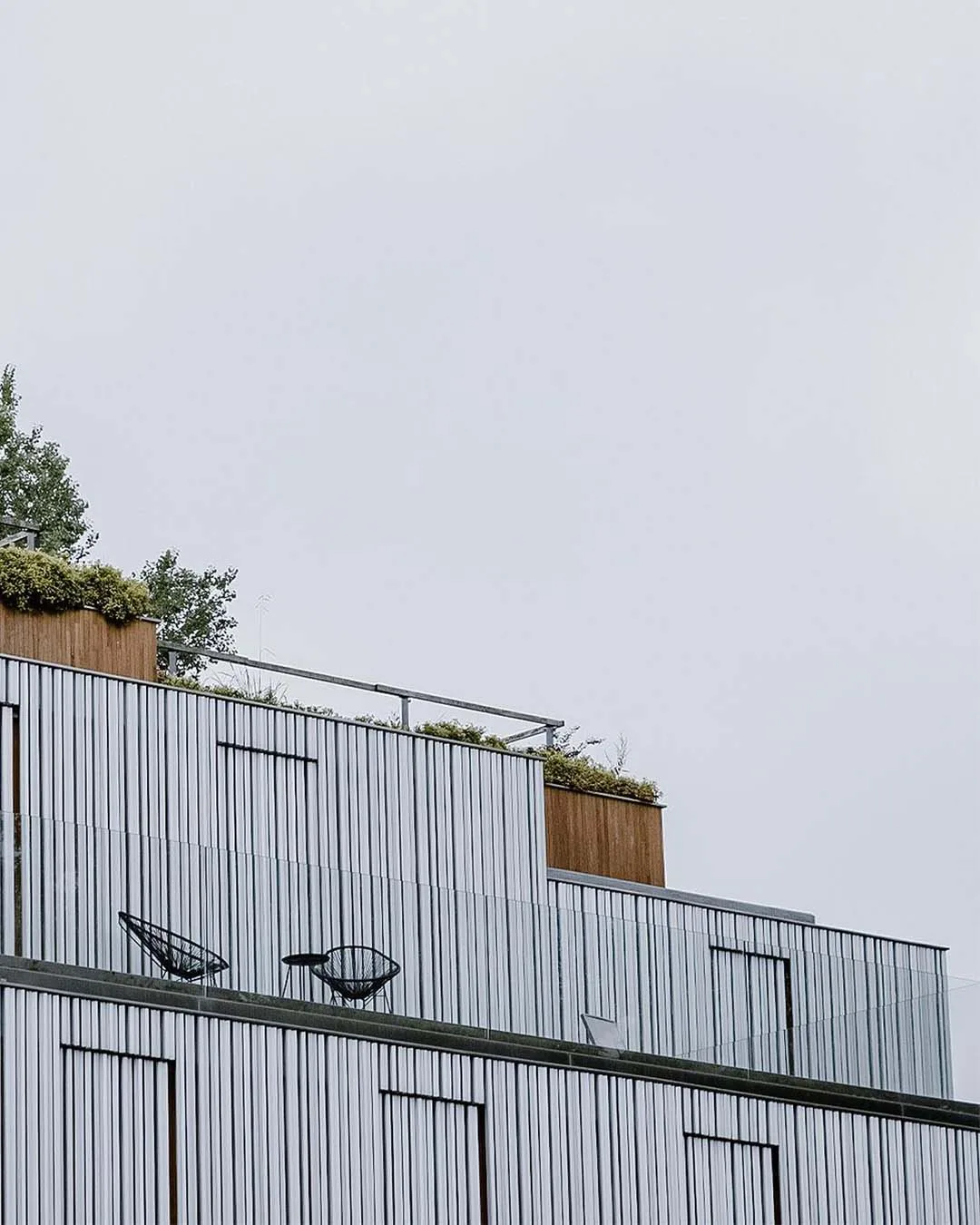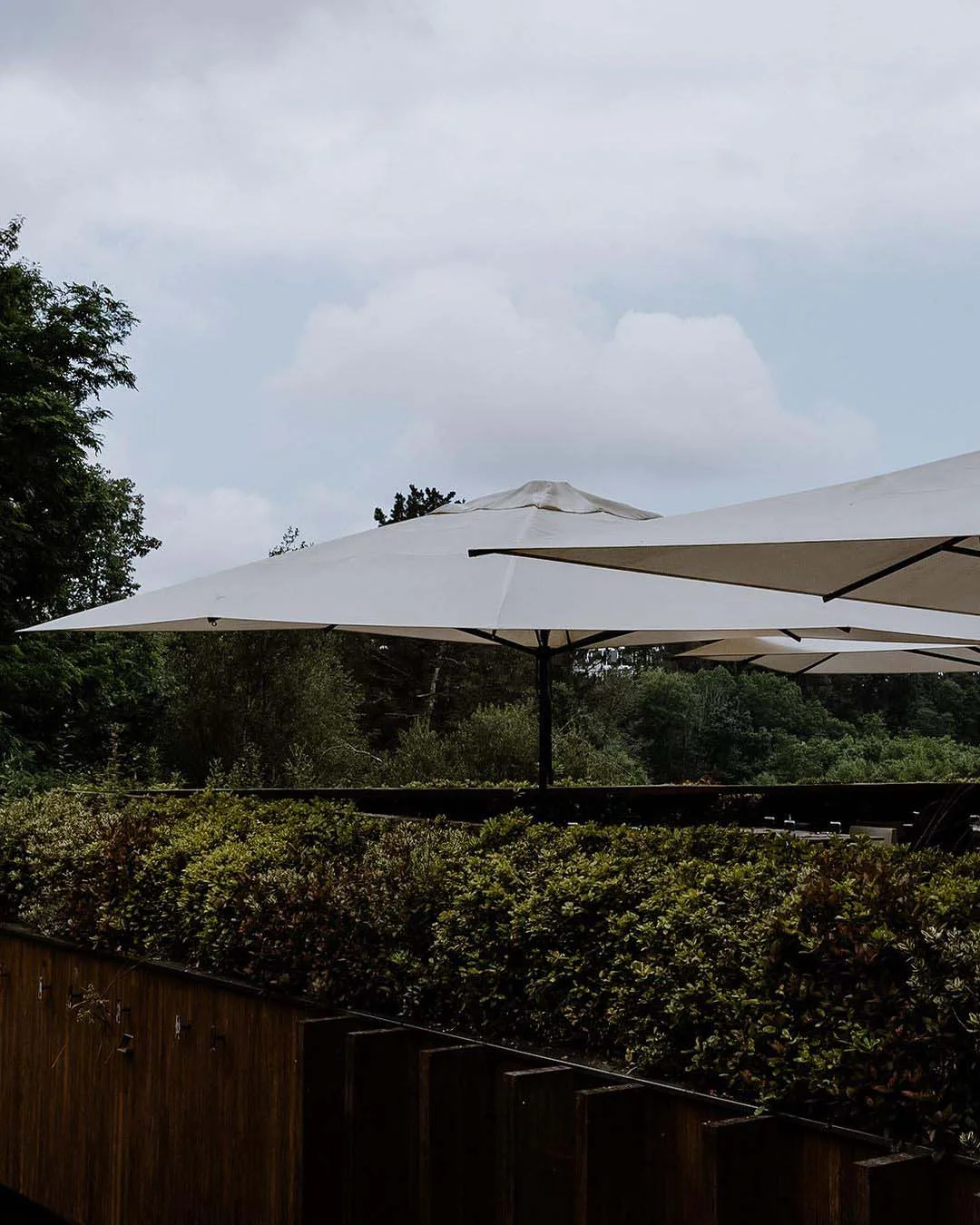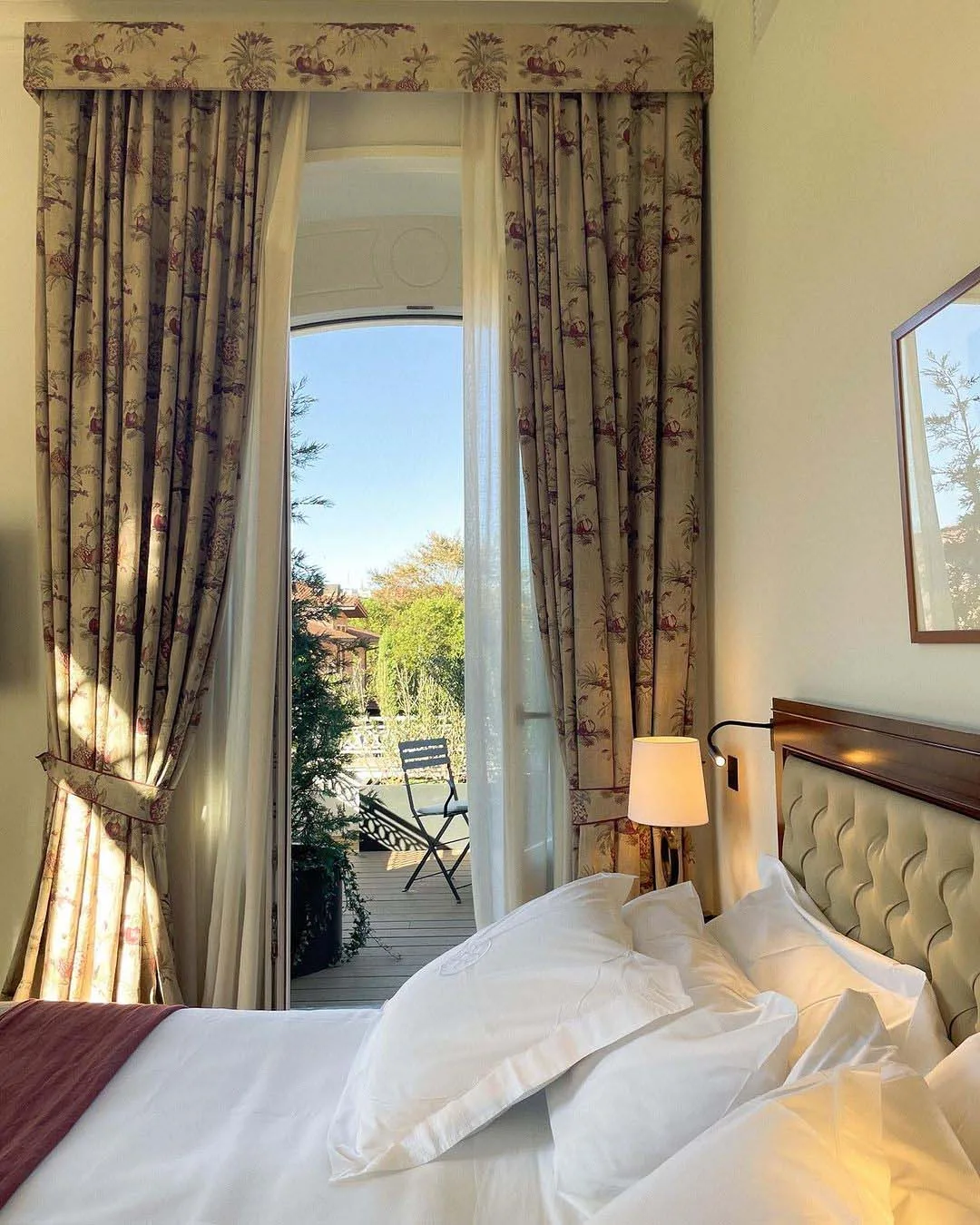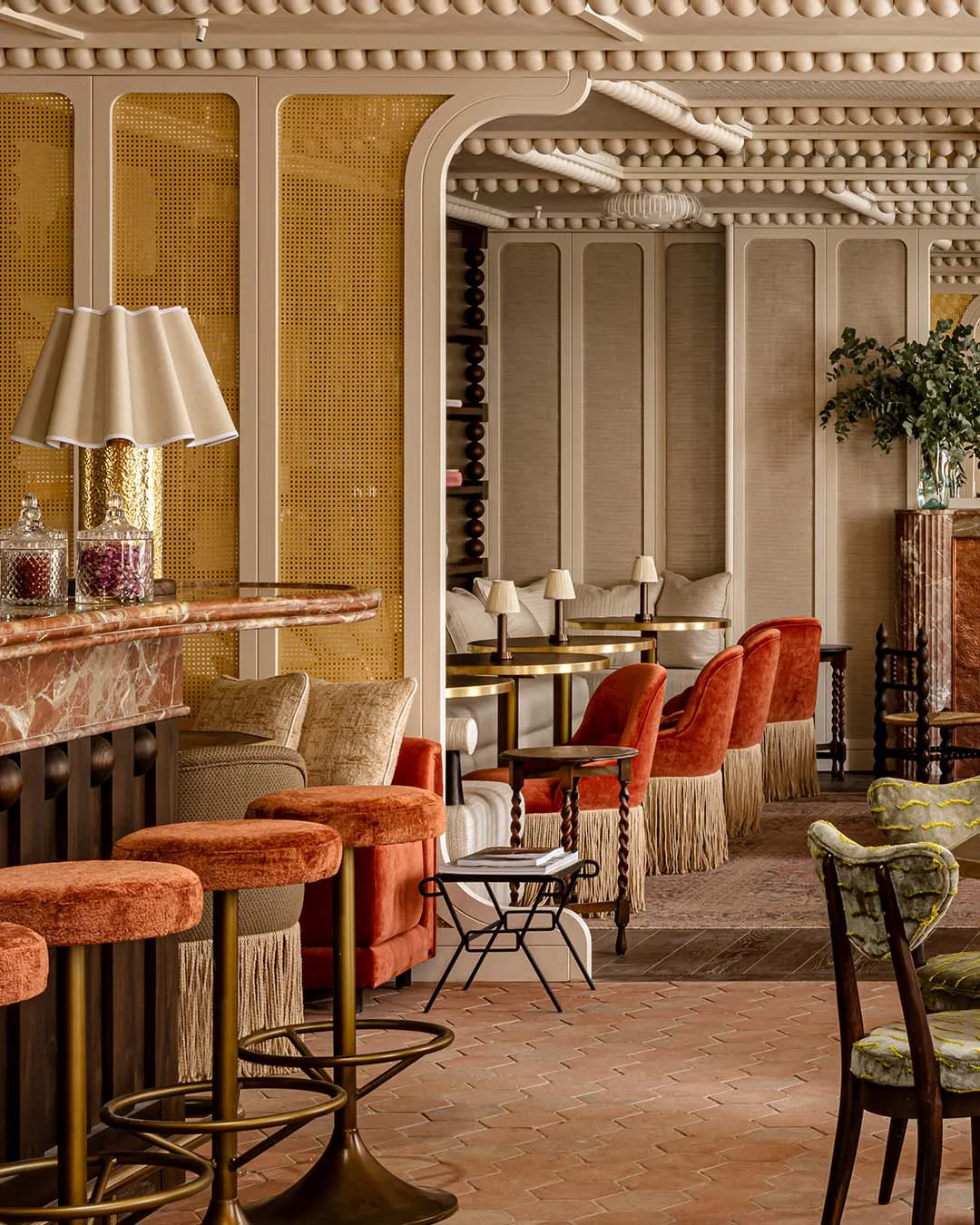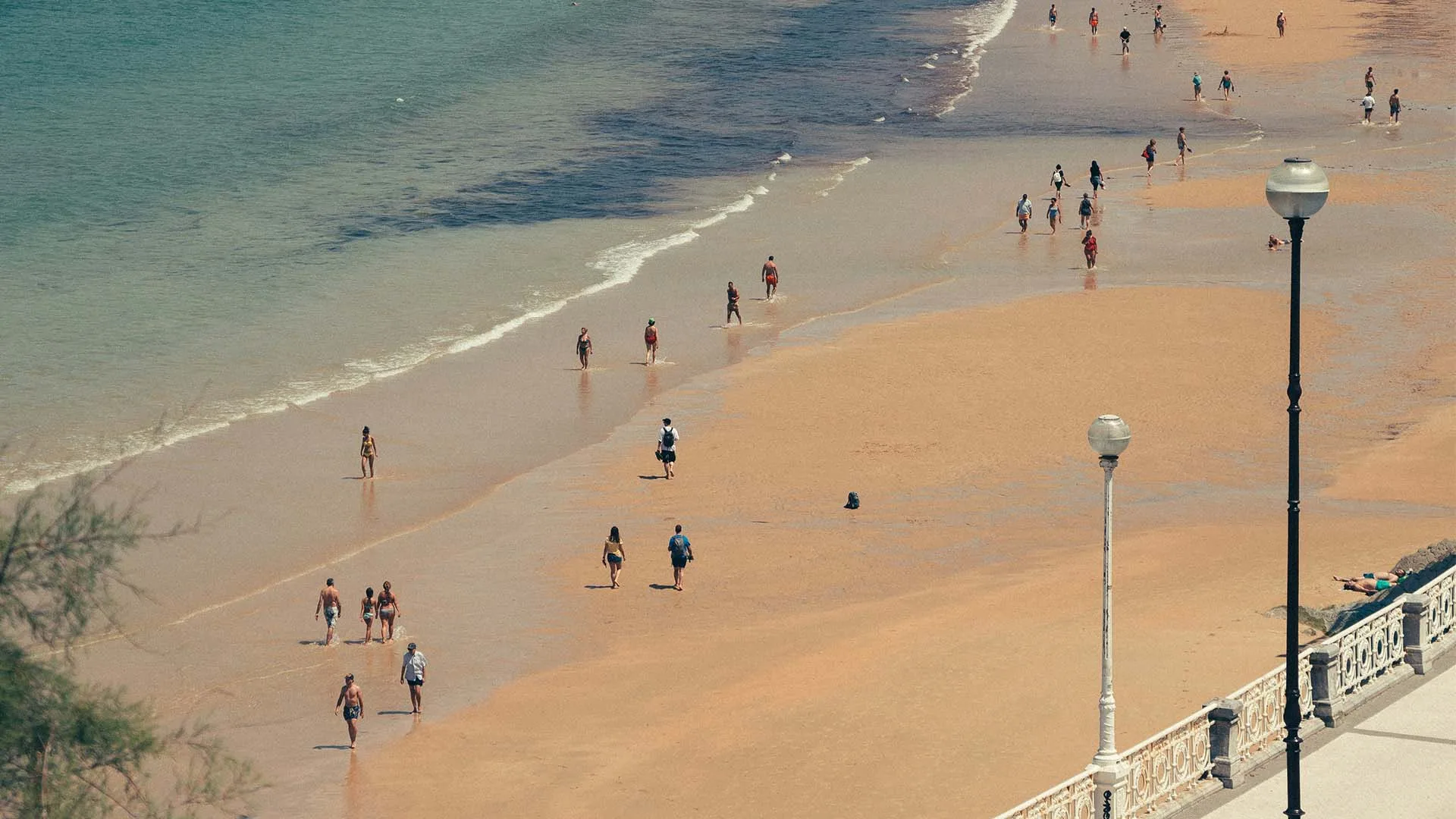
A smattering of Michelin-starred restaurants has put San Sebastián on the map, but eating aside, this compact but charming Basque city boasts a beautiful beach, excellent surfing and some lovely parks and museums.
A short round-up of San Sebastián’s must-see sights…
Playa de la Concha: Translated as ‘shell beach’ because of its crescent-like shape, this stretch of golden sand with calm waters for swimming and chic blue-and-white striped parasols is picture-perfect.
Monte Igueldo: At the western end of La Concha, board the rickety funicular railway and trundle up to the old-fashioned theme park at the top of the hill. Sweeping views back over the beach and the city await.
Monte Urgell: For the opposite view, head to the other end of La Concha and make the climb on foot up to the top of Monte Urgell. The castle ruins (Castillo de la Mota) and the Sagrado Corazón statue can also be seen from the summit.
Parque de Cristina Enea: Set over 23 acres, the city’s biggest and most beautiful park is a mix of open lawns and wooden paths with ducks, swans and peacocks in the ponds.
San Telmo Museoa: At the foot of Monte Urgull, this museum’s permanent collection focuses on Basque history and culture while rotating exhibitions showcase everything from science to photography.
Tabakalera: This 90-year-old tobacco factory turned cultural space has a great lineup of art exhibitions, film screenings and seminar-style events.
Playa de la Zurriola: Visible from Monte Urgell and stretching in front of the Gros neighbourhood, this beach is known for its waves and surfing (but for non-surfers it’s still great for a stroll and some people watching).
Mercado de la Bretxa: In the heart of the old town, this 19th-century market is where many top chefs buy their produce. Browse the stalls of local delights and make the most of the free samples.
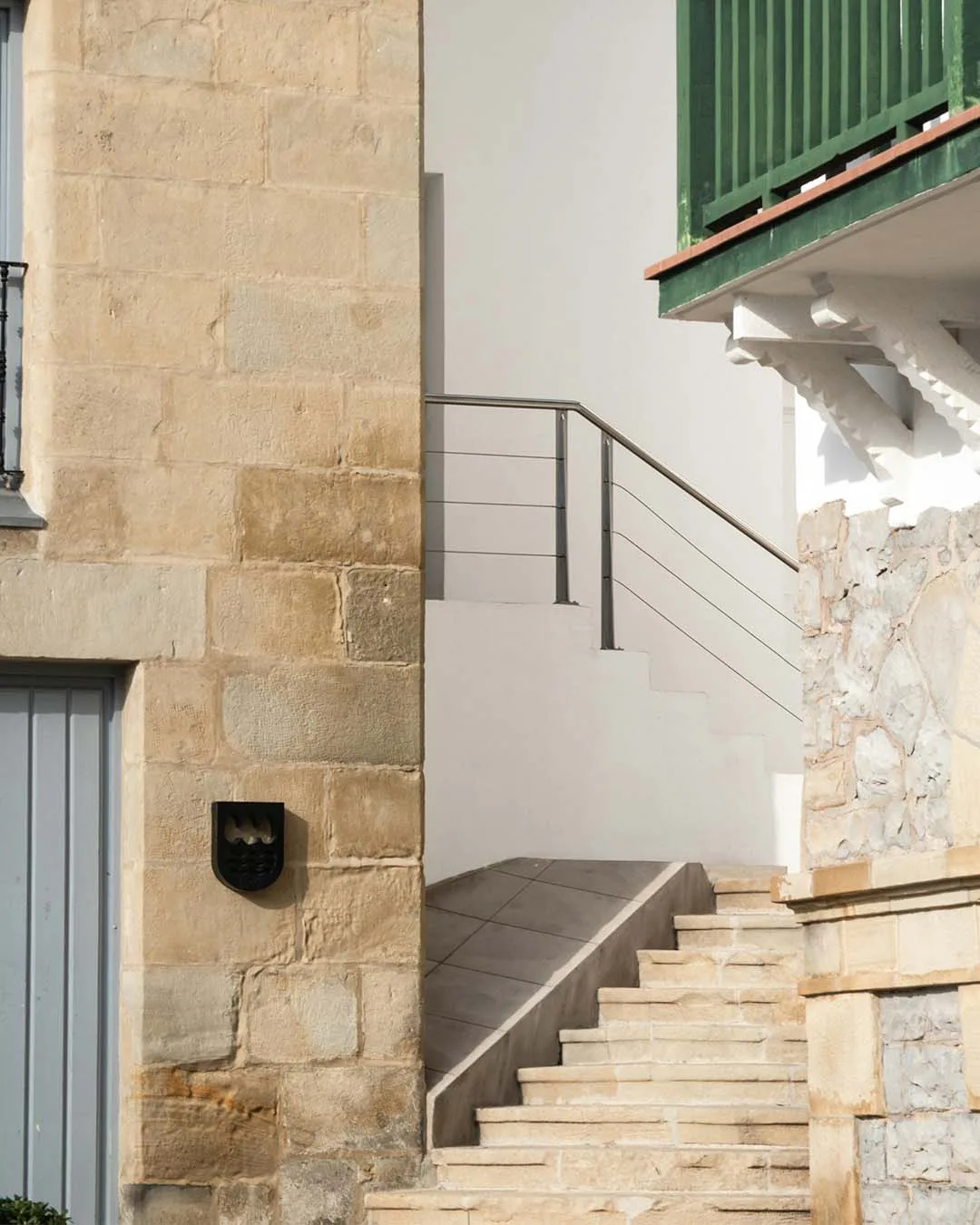
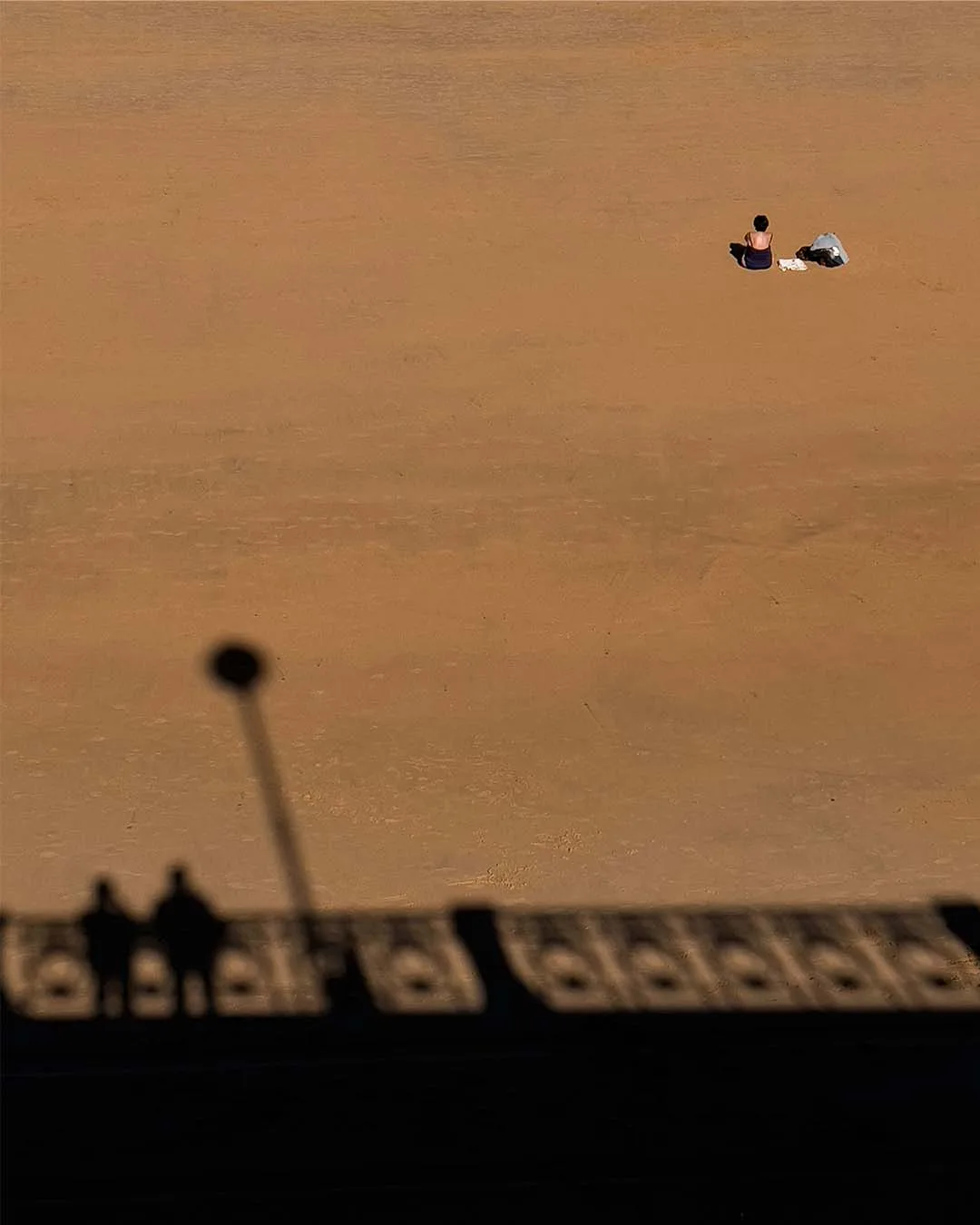
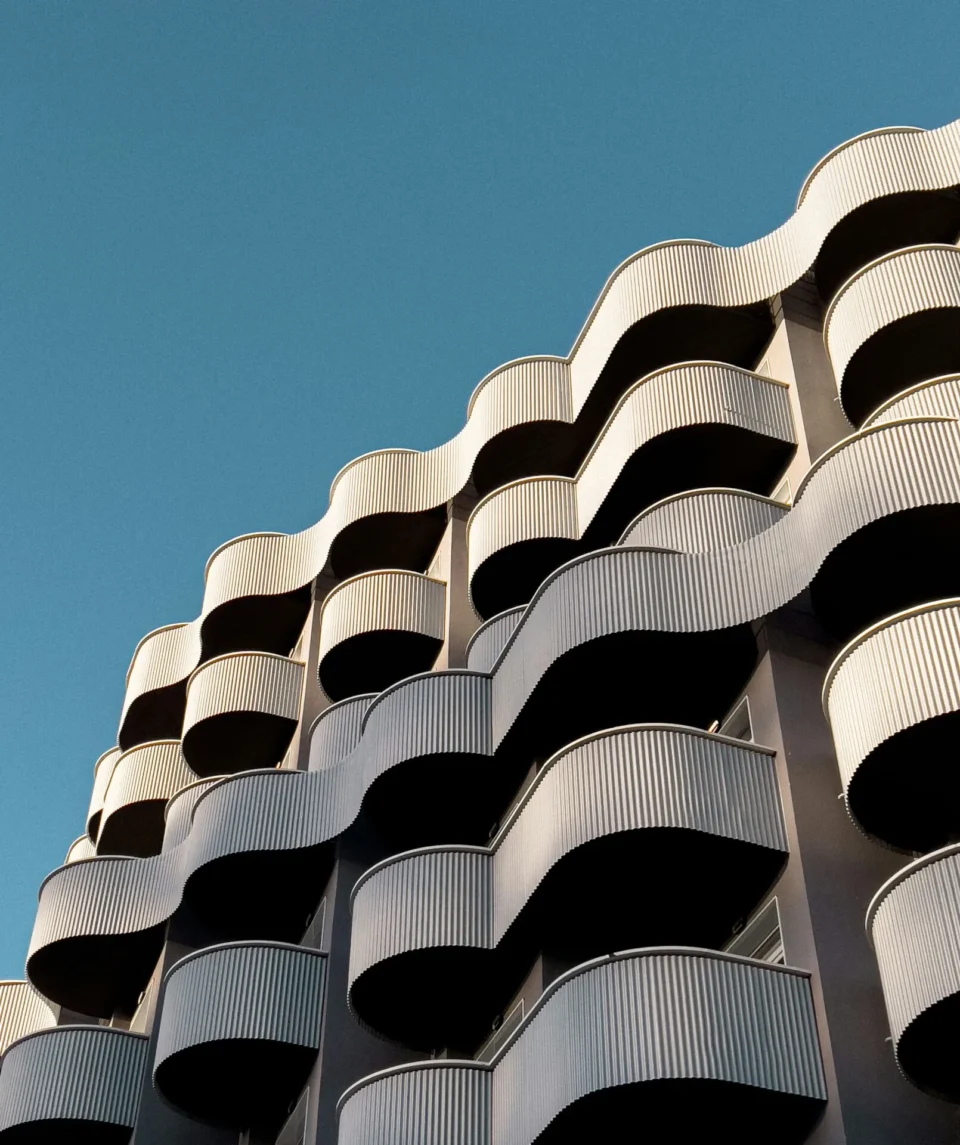
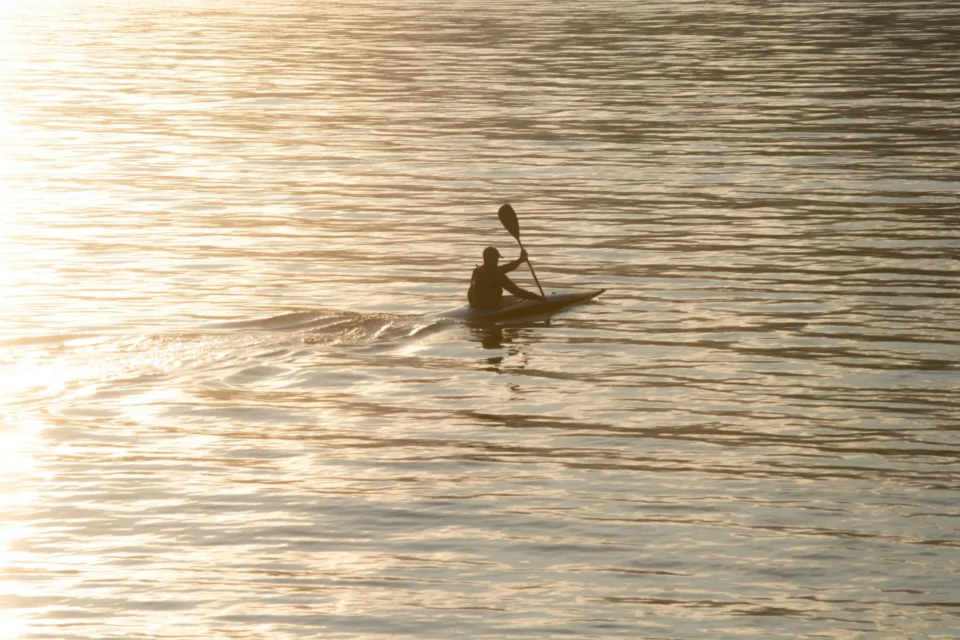
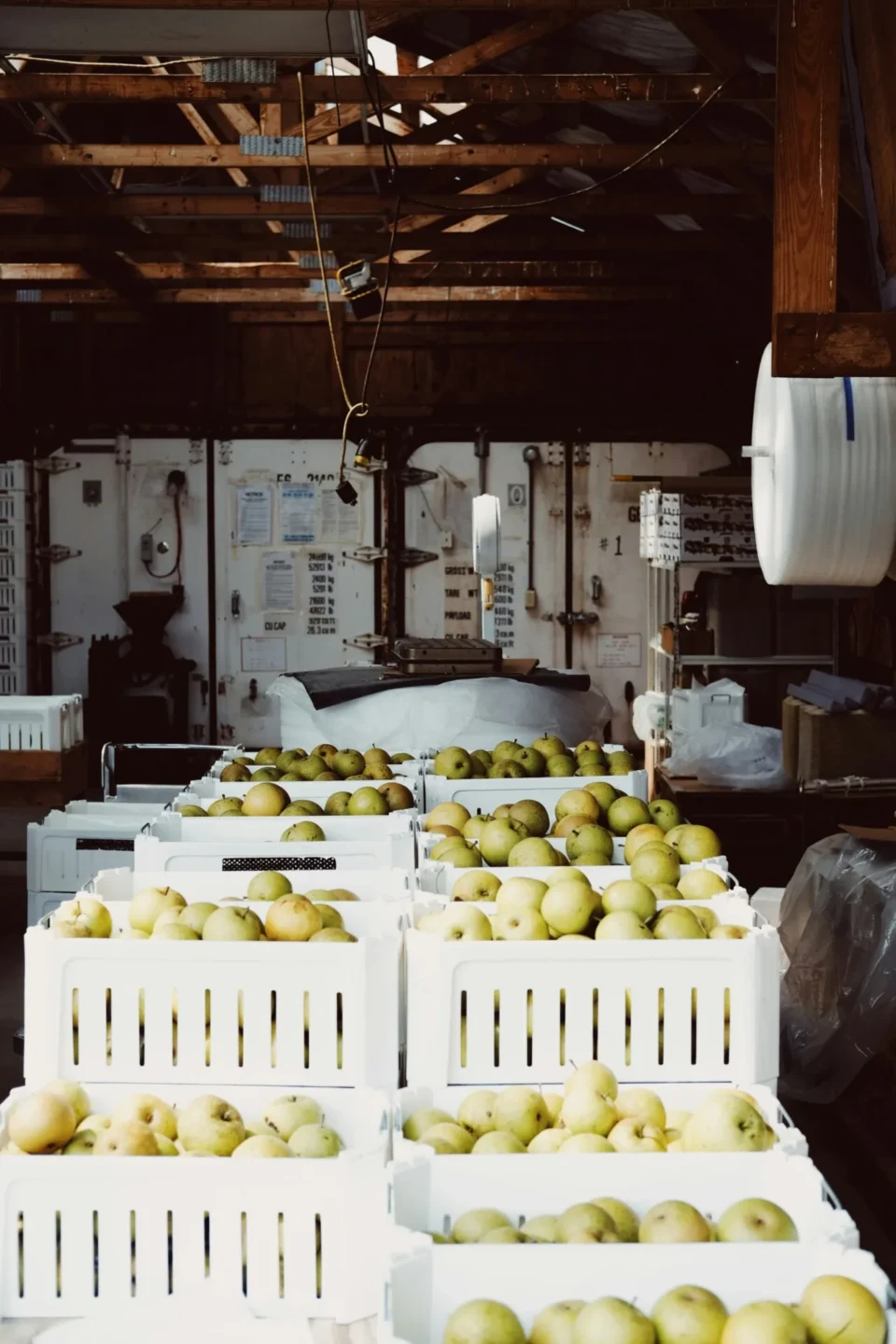
...and a longer look at San Sebastián’s lesser-known spots
Spot the Chillida sculptures
At the western-most point of San Sebastián’s bay stand three steel sculptures by Basque artist, Eduardo Chillida. Anchored to the rocks and each weighing over nine tonnes, they are designed to ‘comb’ the incoming wind — hence the name El Peine del Viento (‘The Wind Comb’). Beyond this, Eduardo Chillida has left his mark across the city and you can create a DIY walking tour of all of them by following this map.
Playa de Ondarreta
While the city of San Sebastián has three beaches, it’s normally Concha and Zurriola that steal the spotlight. As the least known beach, Ondarreta is a quiet spot even in the peak summer months. Sheielded by Monte Igeldo, its calm waters making it a great swimming option for families. Keen swimmers can also venture out to Isla Santa Clara in the bay.
Go in search of cider
Food might be the first port of call in San Sebastián but this delectable region of Spain is also famed for cider production. Head to the towns of Hernani and Astigarraga, (both less than 10km from San Sebastián) where there are over 100 cider houses to enjoy tastings and tours. For real cider fanatics, there’s the Cider Museum or Sagardoetxea in Astigarraga.
What — and where — to eat in San Sebastián
Pintxos, small bites often served on bread or pierced on skewers, is the Basque take on tapas and served standing at the bar. Hopping between pinxtos bars is a fun way to try lots of different local flavours — in the old town try traditional spots like Goiz Argi, Txepetxa, and Bar Nestor. La Cuchara de San Telmo serves bigger plates for sharing (more like traditional tapas) in a similarly hectic fashion perched on stalls or at the bar.
On the fine dining end, you are spoilt for choice. If you want the full Michelin star experience you won’t be disappointed with the tasting menus at Arzak or Mugaritz — just be sure to book well in advance. If you want to eat fine dining fare at a more affordable price point, Zazpi STM is a great option. For a less touristy vibe, head over to the neighbourhood of Gros. Try Manojo for sharing plates and natural wine or Topa for Latin American flavours and cocktails.


Where to stay in San Sebastián
Hotel Villa Soro... A short walk from the old town, this Tudor mansion resides amongst spectacular, sprawling gardens. The heritage of this 19th-century building has been beautifully preserved from the stained glass windows to the marble floors and wood panelling. The spacious rooms follow suit, with restored antique pieces and opulent details.
Hotel Arima & Spa... For a relaxing back-to-break with easy access to San Sebastián, this hotel is just the ticket. Hidden between the trees in the Miramón Forest on the outskirts of the city, rooms come with floor-to-ceiling windows to soak up the green hues. There’s also the rooftop pool, Foresta Wellness spa and gym, and farm-to-fork restaurant, all created in line with the hotel’s strong eco philosophy.
Share this article
Latest stories
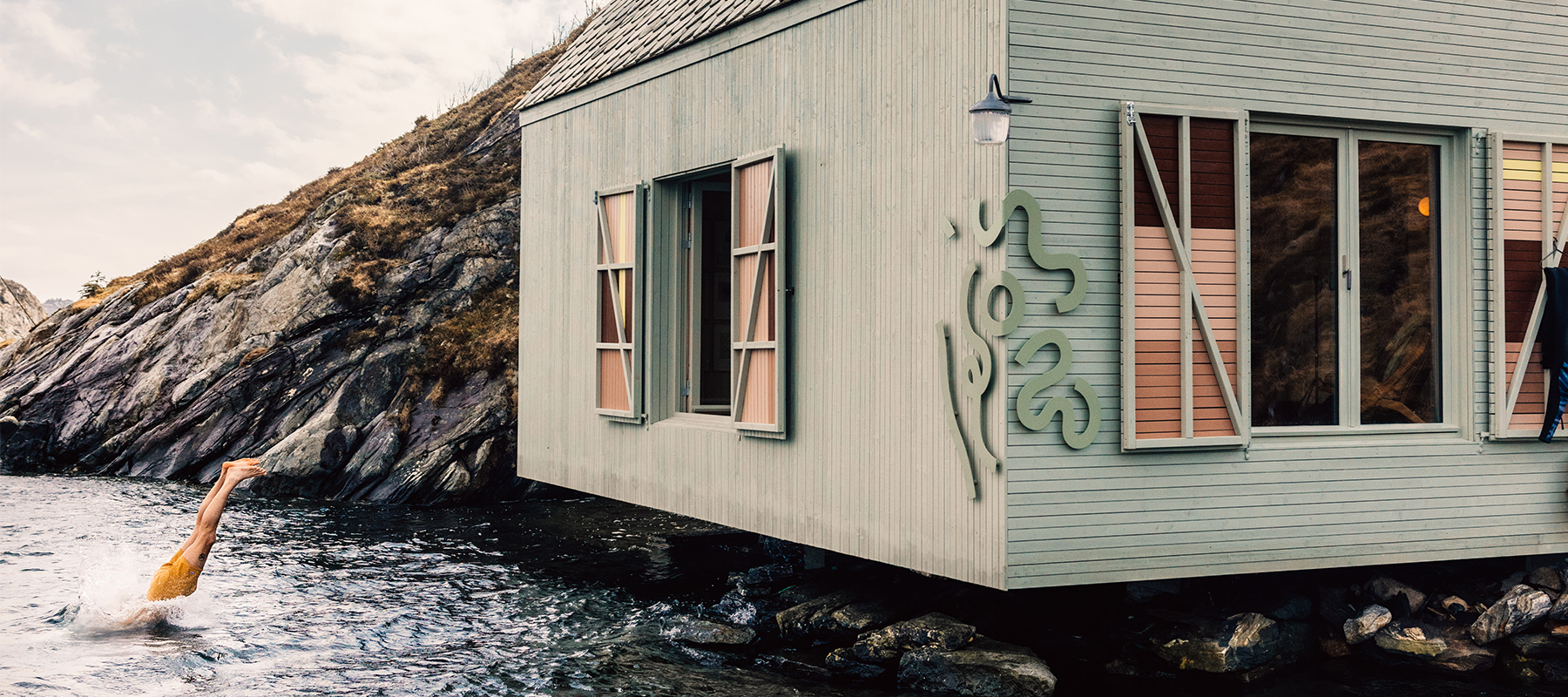
From Nordic cabins to cave suites: top boutique hotels for January
January has a way of sharpening the senses — a moment to pause, take stock and choose travels that feel intentional. Some escapes offer deep calm in dramatic landscapes, from Norway’s island edges to Sri Lanka’s mist-wrapped highlands. Others inspire with vineyard views in South Africa’s wine region, stone-carved suites
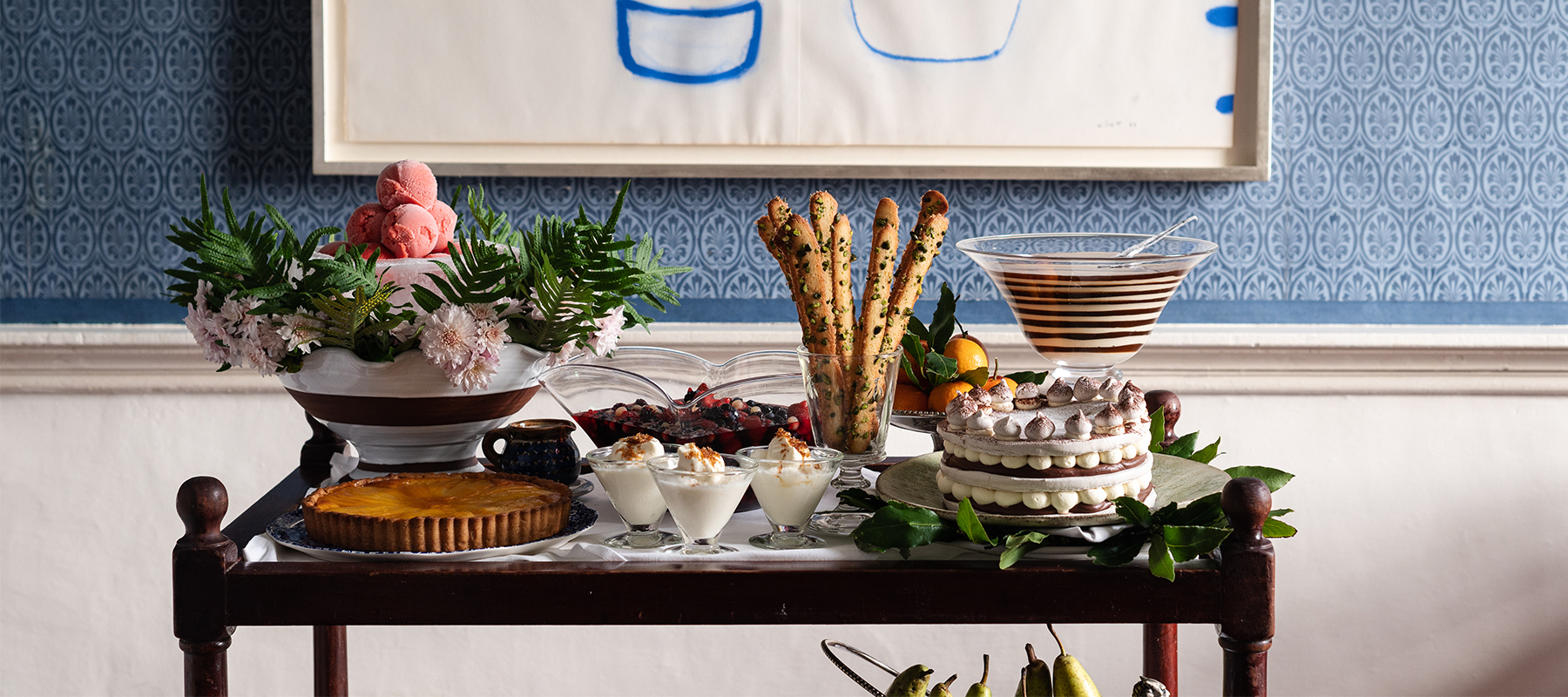
A foodie guide to Ireland: from coastal catches to country kitchens
With Guinness as rich as its landscapes are green — and whiskey never far from reach — Ireland’s charms can be drunk in and eaten up from the moment you arrive. And while its culinary reputation has soared in recent years, nothing quite compares to tasting your way around the
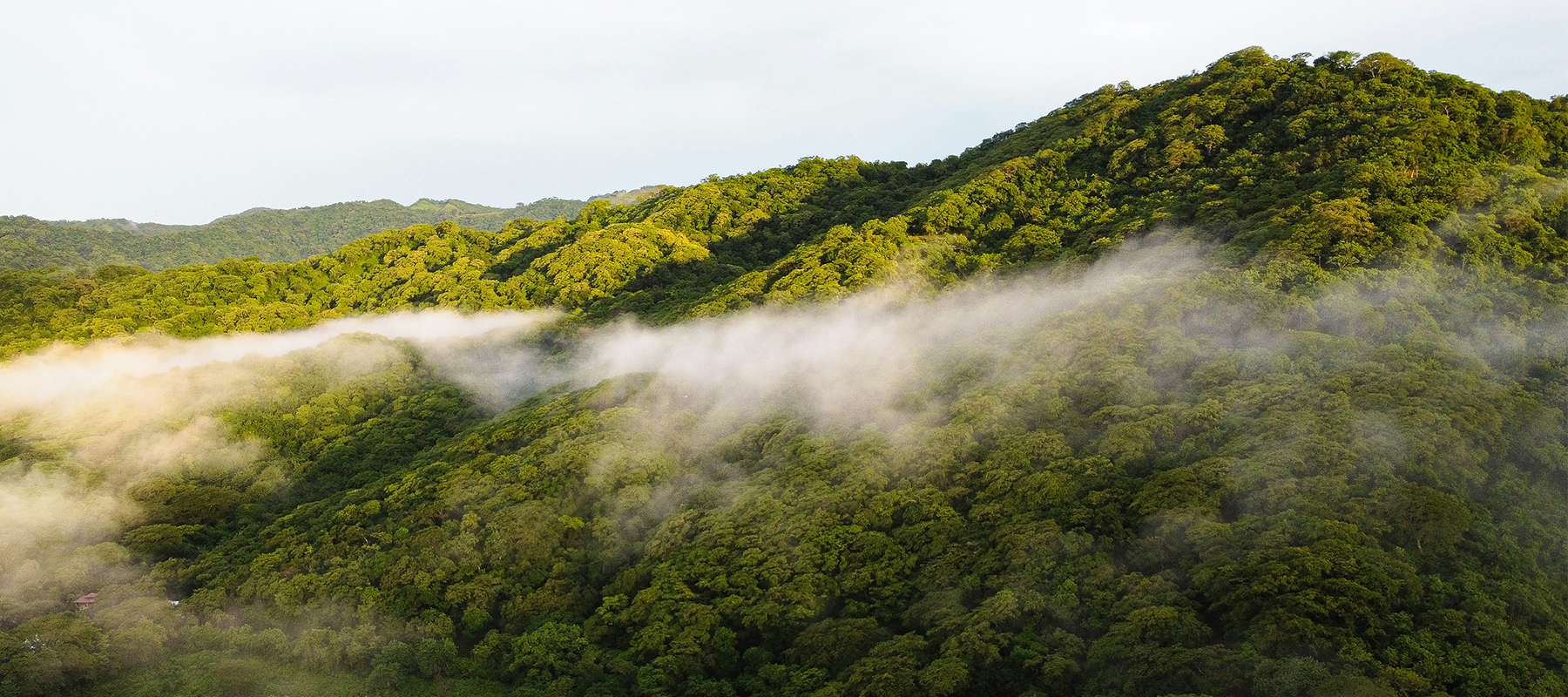
The natural highs of hiking solo in Costa Rica’s cloud forest
Out of nowhere, a stark yet melodic chirp punctuates the dense moss-heavy virgin forest, halting me in my tracks with its hypnotic, unadulterated beauty. I later discover it was likely the song of a black-faced solitaire, a bird that’s rare to see, yet glorious to the ears. And just one
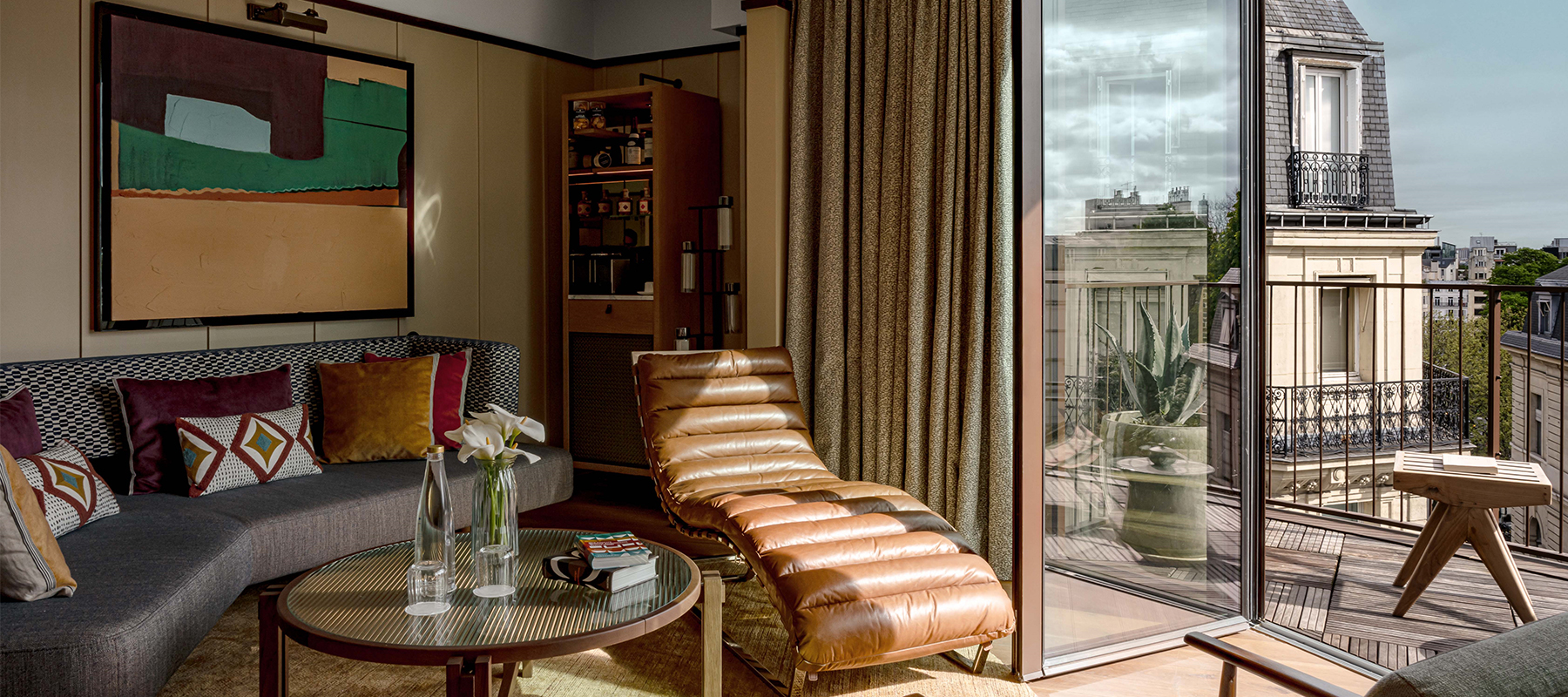
Hotel Norman, Paris: design-led luxury steps from the Champs-Élysées
There’s no shortage of glamorous hideaways in Paris, but few manage to bottle an era quite like Hotel Norman. Steps from the Champs-Élysées, this newcomer channels the seductive polish of midcentury modernism with the confidence of a hotel that knows exactly who it’s for: travellers who appreciate quiet luxury, meticulous
